
Wild Kids Magazine for May
Happy May!
Here is the download for the May edition of Wild Kids Magazine.
The magazine is full color and is 16 pages in PDF format. Feel free to read it online with your kids or print it out. It includes printable plant ID pages, nature journal pages and other printables, so you may want to at least print those out if they’re helpful.
Here are some fabulous web sites to learn more and have more fun with this month’s themes:
Foraging Wild Asparagus
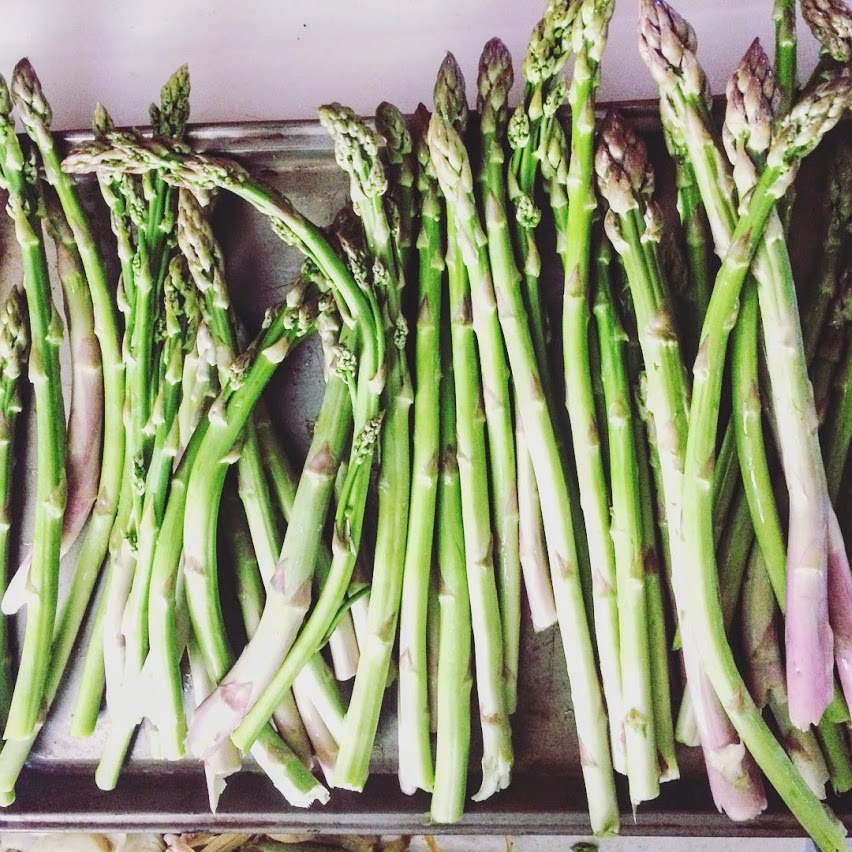
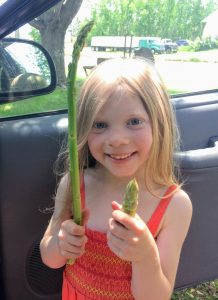 Want to learn more about how to spot wild asparagus? Our family’s sustainable living blog, A Magical Life, has lots of info on how to find and forage wild asparagus (and how to find spots to mark in fall for next year).
Want to learn more about how to spot wild asparagus? Our family’s sustainable living blog, A Magical Life, has lots of info on how to find and forage wild asparagus (and how to find spots to mark in fall for next year).
From Utah to Manitoba to Cyprus, folks have weighed in on where they’ve found wild asparagus near them here. You can also zoom in on this map from the USDA to see what locations near you have spotted wild asparagus. You’ll notice that it’s been found in every state and province but there are areas within those locations that are still white. Don’t worry about that too much, as our county in Minnesota is supposedly asparagus-free and we forage up to 65 pounds of wild asparagus a year (and know a lot of other local foragers that are also scoring lots!).
Making Flower Crowns
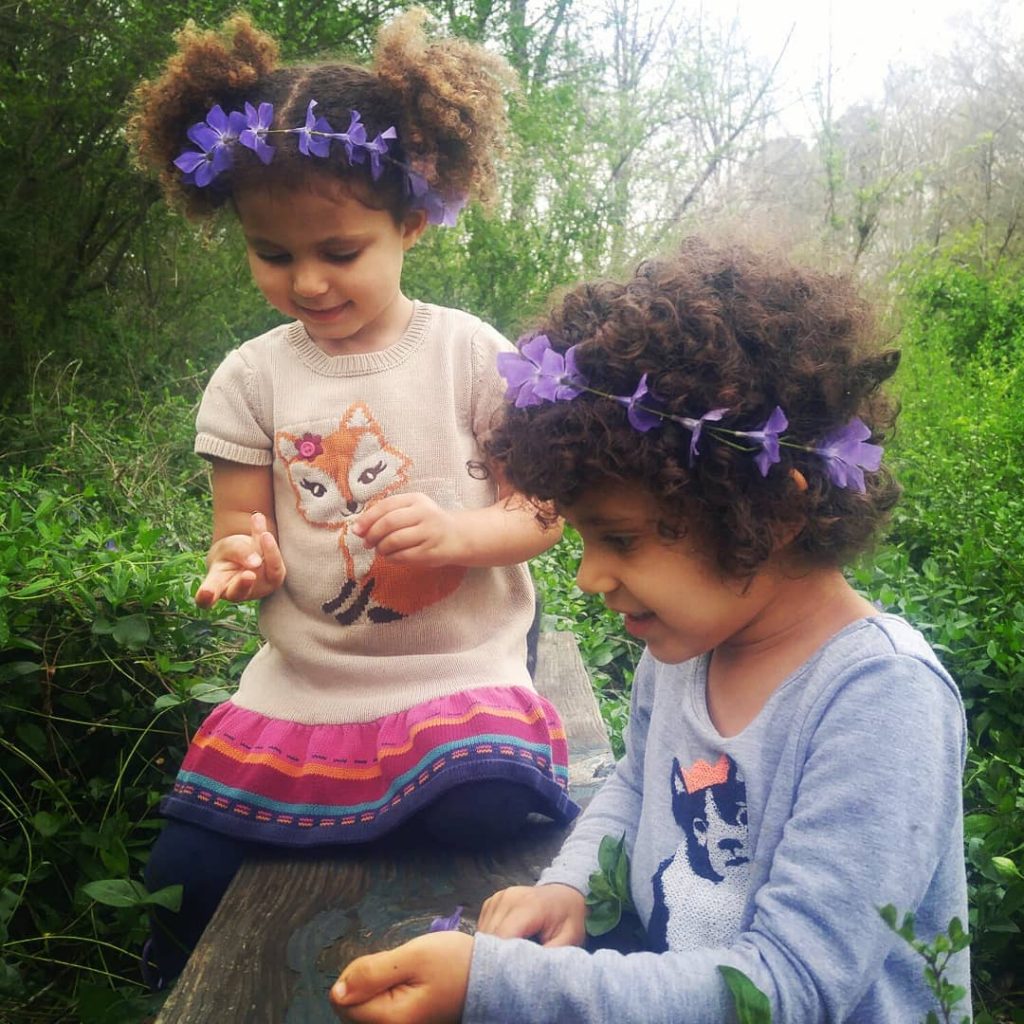
Looking for more examples of how to make flower crowns and garlands? Here are some short videos of other ways to make flower crowns.
For a split stem flower crown:
For a wrapped stem flower crown:
Creative Green Living also has a lovely step-by-step tutorial that shows how to do braided flower crowns.
May Nature Hunt
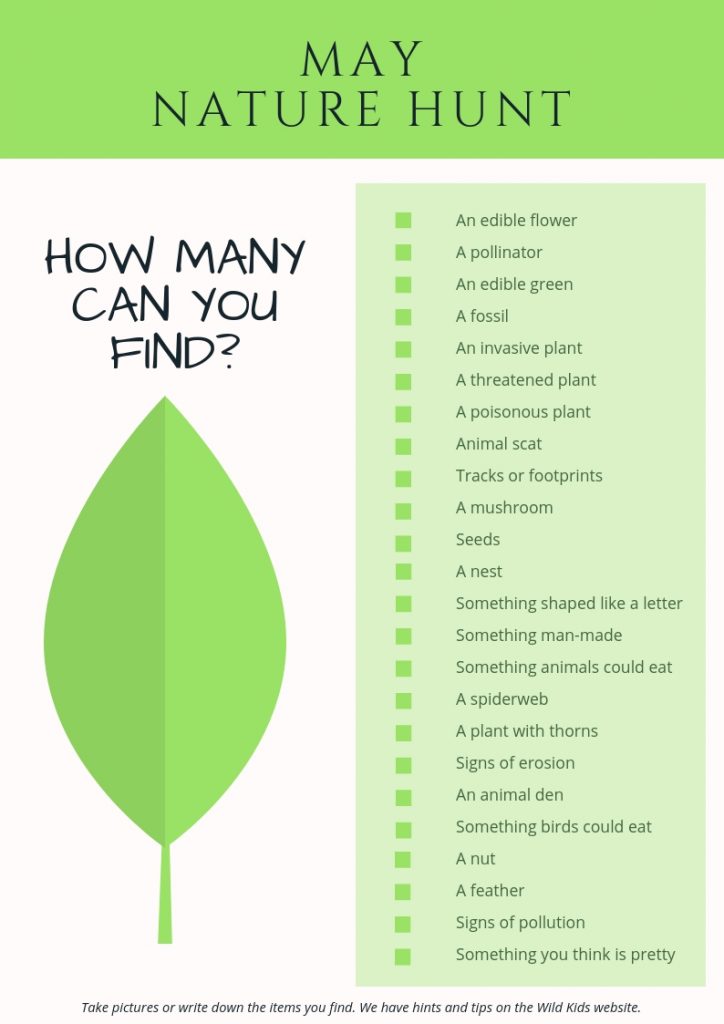
Need some hints on things that count for the items on the May nature hunt scavenger hunt? Here are some ideas.
Some edible flowers include violets, roses and dandelions. We talked about more edible flowers in the April issue of Wild Kids Magazine, too.
Pollinators are birds, animals or insects that help spread pollen and fertilize flowers. We need them for many of our food crops like apples, pumpkins, potatoes and blueberries. Some pollinators include bees, butterflies, ants and hummingbirds. You can find a list of more pollinators here.
Edible greens that you might find include wild ramps, lambsquarters, dandelion greens, clover and miner’s lettuce.
Invasive plants include kudzu, garlic mustard and bindweed. What’s invasive in one area might not be in another. You can find out what invasive species you have in your area here. How many can you recognize?
Threatened or endangered plants are ones that are becoming rare and might become extinct if we do not protect them. Some threatened plants here in Minnesota are prairie bush clover, valerian and dwarf trout lily. In the United States, you can find out what species are threatened and endangered in your state here.
You might be surprised by some plants in your neighborhood that are poisonous. There might even be some in your own garden. Many times, one part of a plant is poisonous even if we eat another part. Rhubarb leaves, asparagus berries, potato leaves, apple seeds and mango tree sap are examples of poisonous parts of plants we eat, and at least one person has died from making tea from tomato leaves. You can find a list of poisonous plants here. This is a good reminder never to assume that just because one part of a plant is safe to eat that all of it is!
You can find signs of erosion (the gradual wearing away of the surface of land) on rocks or soil. Look for areas where it looks like water has slowly carved a path in the land around you. You can also see erosion where people have walked in the same place many times and worn away soil and plants. Look for bald spots in lawns, exposed tree roots and other signs that wind, water or people have altered the land.
Signs of pollution can include litter, dirty water or air, or the lack of usual fish and insects in rivers and streams. What other signs of pollution can you spot?
Need any hints about any of the other items? How many do you think you can check off over the month?
Making Violet Syrup
I talked about making violet syrup in the letter from the editor this month. If your family would like to try the neat color-changing science of this project, here are some blogs with great instructions.
Violet Simple Syrup from Feasting at Home

Violet Flower Syrup Recipe from The Spruce Eats (formerly about.com)
:max_bytes(150000):strip_icc()/492715495-56a30e0d5f9b58b7d0d03280.jpg)
How To Make Violet Syrup from Herban Lifestyle

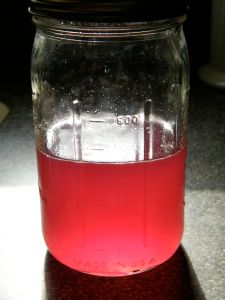
and if you’d like to make jelly…
Homemade Violet Jelly from the Nerdy Farmwife
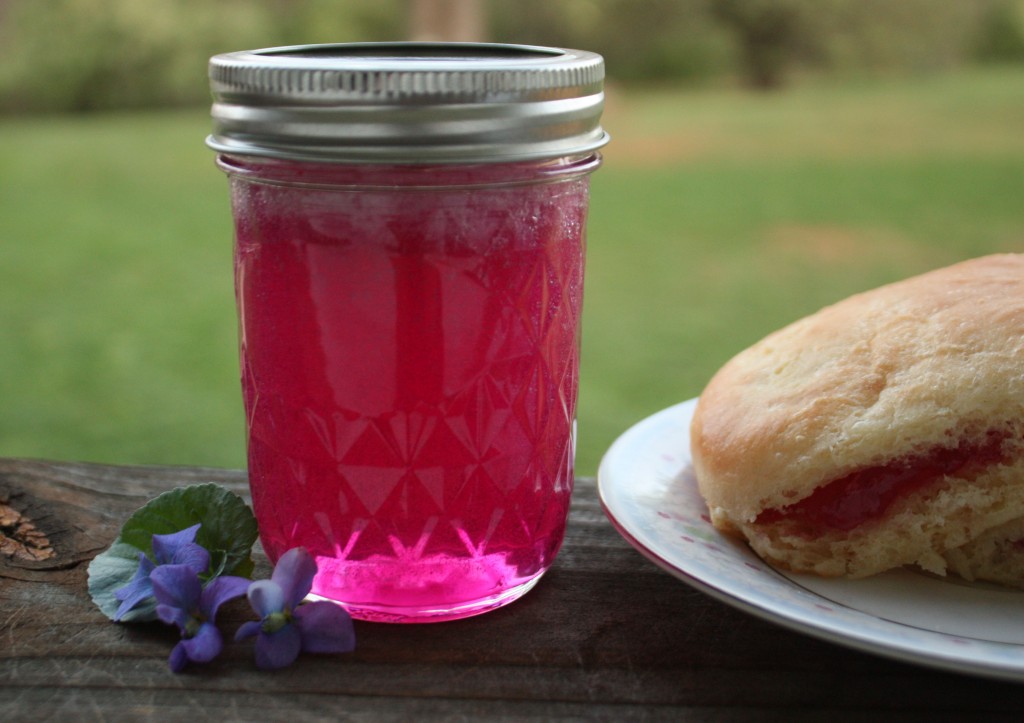
If you make some of your own, send in your pictures and we’ll include them in next month’s magazine.
Please share the magazine with anybody who might be interested.
Have fun and have a great month!


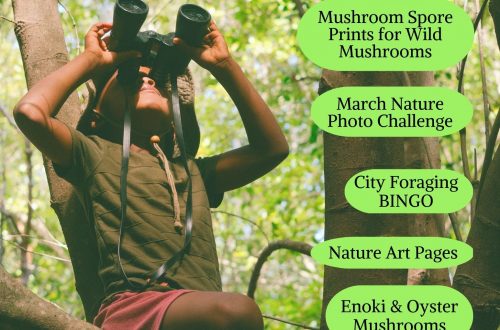
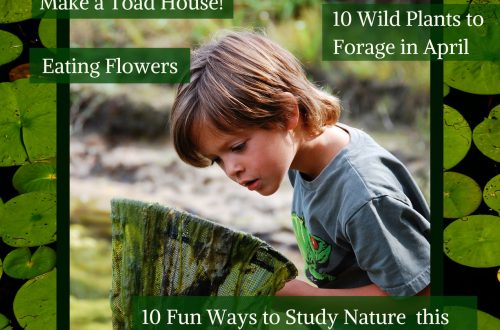
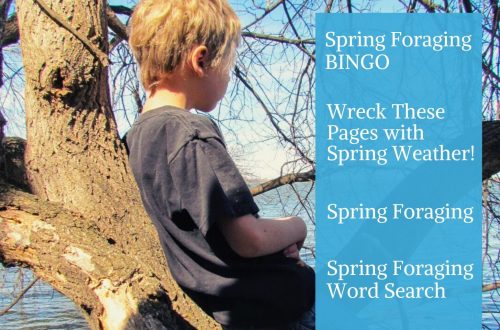
6 Comments
Ginger
Thanks so much for this beautiful magazine. I can’t wait to explore some of the ideas with my grandkids!
Alicia
You’re welcome! I hope they have some fun with it. 🙂
Pingback:
Pingback:
Bethany Stillwell
How can I subscribe so I get notified of your magazine? I don’t think I’ll remember to come back and check but I’d like to be notified when they come out! Just sent here by a friend and I’d like to read more! I”m MN native but transplant to IN right now. 🙂
Bethany Stillwell
Pingback: